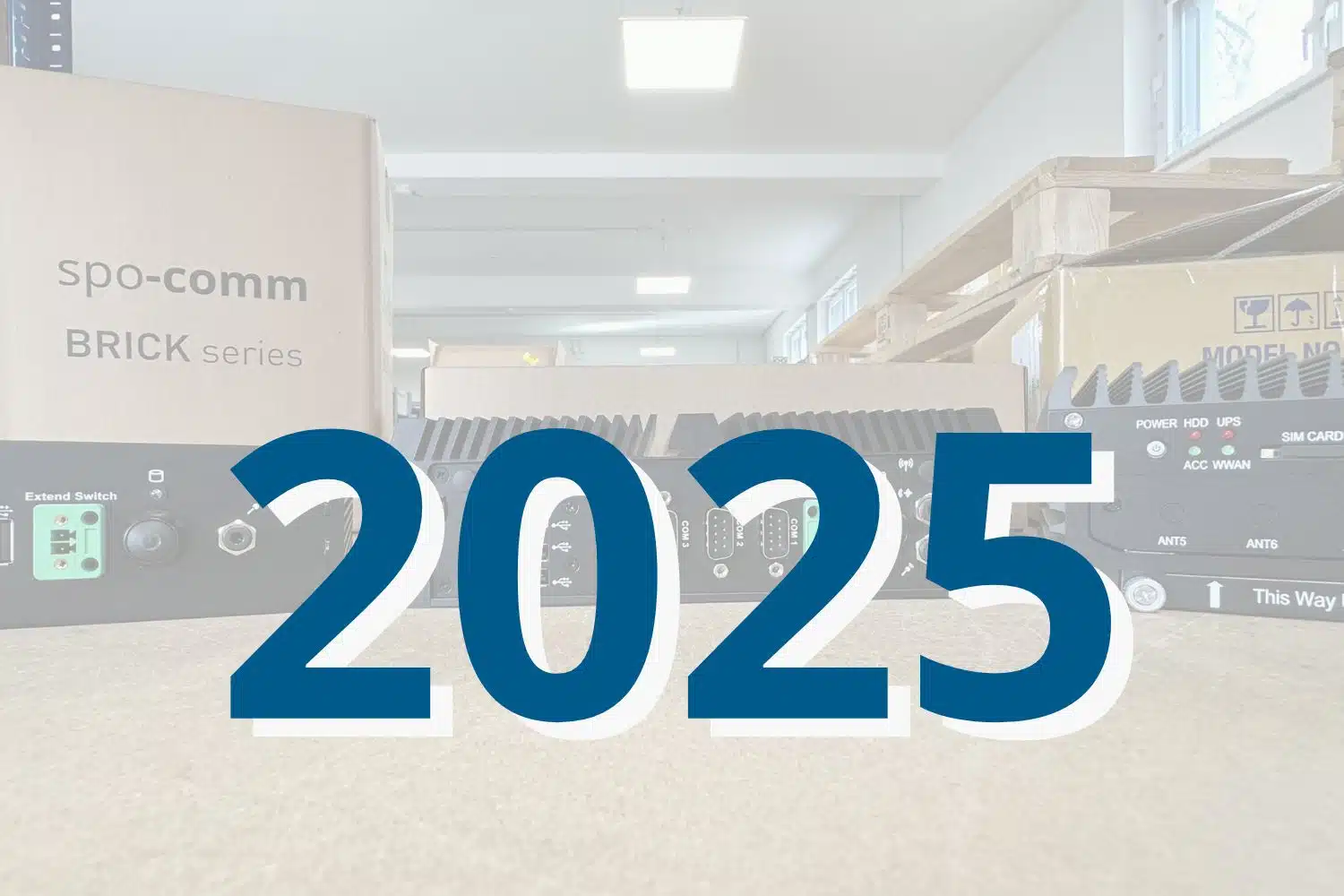03.11.2025

The scenario presented here serves as an example and illustrates the full performance spectrum and unique features of the spo-comm QUADRO P1000.
The hardware requirements for the more than 50 control workstations are extremely high and specific:
Multi-monitor performance: Each workstation must drive four high-resolution monitors (4K) to display real-time flight plans, weather data, live camera feeds and highly complex 3D visualizations of the tarmac, all smoothly and without delay.
Compact design: Space under the consoles is very limited. Standard tower PCs were out of the question due to their size and greater susceptibility to dust and vibrations.
Long-term stability: As a critical infrastructure, the airport requires a hardware and operating system platform that can be operated in a stable, secure and low-maintenance manner over a period of at least ten years. Frequent operating system upgrades were not feasible for reasons of certification and training.
The choice fell on our QUADRO P1000. This mini PC not only impresses with its compact design, but also with the integrated NVIDIA Quadro P1000 graphics card, thus fulfilling all of the customer's core requirements.
However, the most decisive factor for the airport is planning and investment security.
The QUADRO P1000 can be equipped with the Windows 10 IoT Enterprise LTSC 2021 operating system. While the standard versions of Windows 10 have reached the end of support, Microsoft guarantees security updates for this special LTSC (Long-Term Servicing Channel) version until January 13, 2032.
In an environment as critical as an airport, an update cycle of ten years is essential. The combination of the QUADRO P1000's high-performance graphics and the guaranteed long-term support of Windows 10 IoT Enterprise LTSC 2021 provides the necessary investment security required for the control center infrastructure.
The long-term security guarantee ensures that the operating system is also protected against new cyber threats in the future, without the need for complex and cost-intensive roll-outs of new versions of the operating system. This minimizes both the security risk and the total cost of ownership.
With the spo-comm QUADRO P1000, the company has implemented a future-proof, powerful and extremely compact solution for its central traffic control center. The combination of dedicated NVIDIA graphics, CUDA computing power and the extended support cycle of Windows 10 IoT Enterprise LTSC 2021 provides the necessary performance and security for critical 24/7 applications. The QUADRO P1000 has thus established itself as an essential building block for the airport's long-term security and efficiency concept.
Particularly in the context of critical infrastructures (KRITIS) such as airports, traffic control centers or energy suppliers, the requirements for stability, reliability and IT security are extremely high. The option of Windows 10 IoT Enterprise LTSC 2021 with guaranteed security support until January 13, 2032 emphasized in this case study is of crucial importance in such sensitive areas. It offers operators the necessary planning security and compliance to secure their critical information and communication technology systems (CICS) in accordance with strict national and European security regulations (e.g. BSI IT-Grundschutz, NIS-2 Directive) over a long period of time.
The QUADRO P1000 demonstrates its ability to deliver both the highest graphical performance (four monitors, CUDA acceleration) and uncompromising long-term stability for the most demanding industrial and safety-critical applications.

For us, 2025 was a year of change, further development and clear strategic decisions. In the current...

Like every year, December is a turbulent time for us: Christmas party, organizing the last orders, t...

Our industrial tablets are super flexible and robust. Robust explains itself thanks to the protectio...
You need to load content from reCAPTCHA to submit the form. Please note that doing so will share data with third-party providers.
More Information